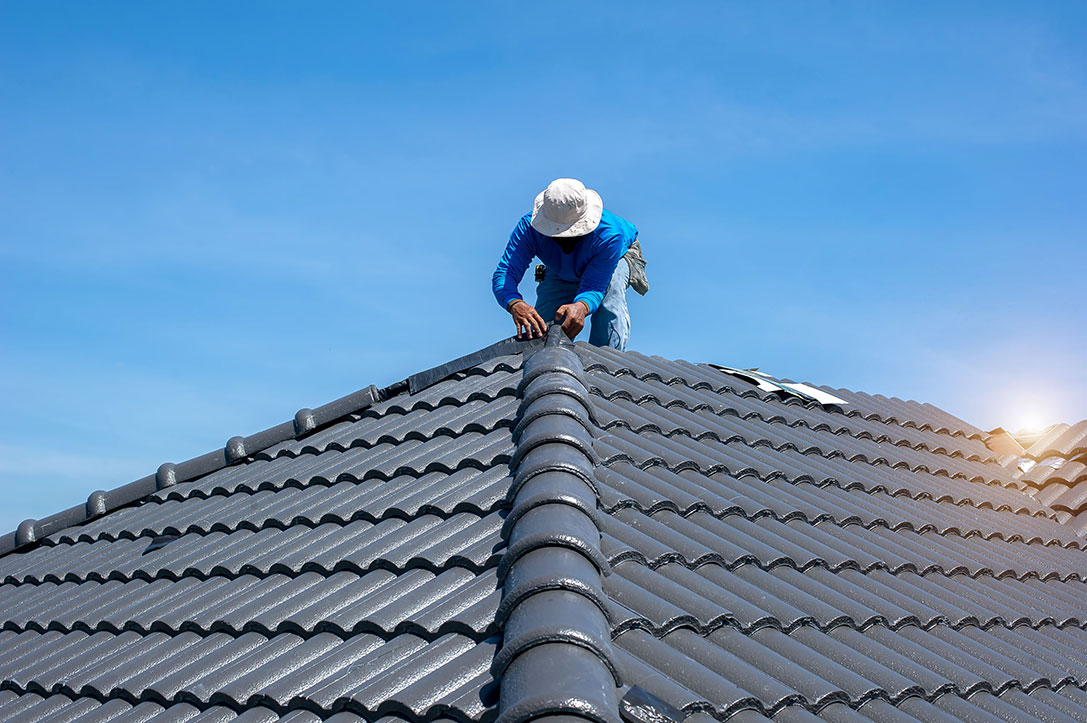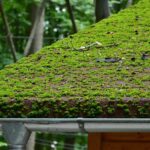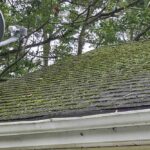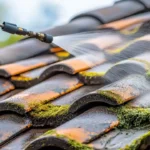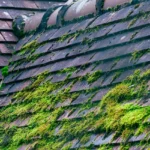When it comes to maintaining your home, taking care of the roof is a must. Knowing the top 10 DIY roof repair tips can save you time, money, and a lot of headaches. Whether you’re dealing with a few loose shingles or a minor leak, there are steps you can take to ensure your roof stays in good condition. This guide will walk you through everything you need to know.

Why DIY Roof Repairs?
DIY roof repairs can be a great way to address minor issues without the cost of professional help. With the right knowledge and materials, you can resolve problems efficiently. It’s empowering to handle these repairs independently, but safety should always be your top priority.
Tools You Will Need
Before starting any roof repair, ensure you have the necessary tools. Basic requirements include a ladder, hammer, roofing nails, and a utility knife. Having these tools on hand will make your repair process smoother and more effective.
Importance of Safety Gear
Safety should never be compromised. Always use safety gear, such as gloves, safety glasses, and a harness, to prevent accidents. These precautions are especially important when working at heights.
1. Inspect Your Roof Regularly
Regular inspection is one of the most important DIY tips. Look for loose shingles, exposed nails, and any signs of water damage. Catching these issues early can prevent more significant problems down the road.
Things to Look For
When inspecting your roof, check for missing shingles, moss growth, and granule loss. These are common indicators that your roof may require attention. Consider reading our guide on roof inspection for more detailed guidance.
2. Repair or Replace Shingles
If you find damaged shingles, it’s important to repair or replace them promptly. Use adhesive roofing tar or roofing nails to secure any loose shingles and prevent further damage.
3. Fixing Leaks
Spotting leaks early is crucial. If you notice drips or damp spots on your ceiling, it’s time to investigate. Often, these issues stem from damaged flashing or sealants that can be easily replaced. Learn more about addressing leaks in our article on shingle repair.
4. Clean the Gutters
Clogged gutters can cause water to back up under the roof. Regularly cleaning them will prevent this and protect your roof from potential water damage. Our article on ladders for roof cleaning provides useful tips for this task.
5. Trim Overhanging Branches
Branches that extend over your roof can cause significant damage during storms. Trim these back to reduce the risk of them falling onto your roof.
6. Remove Roof Debris
Leaves and other debris can trap moisture, leading to mold growth. Regular cleaning will help preserve your roof’s condition. If you’re not sure how to manage sticky substances, check out our tips on removing sap.
7. Seal Cracks in the Roof
Small cracks may develop into larger problems over time. Use roof sealant to fill in any visible cracks and prevent water infiltration.
8. Ventilation is Key
Proper roof ventilation helps regulate temperature and moisture levels. Ensure your attic has adequate ventilation to extend the life of your roof.
9. Check the Attic Insulation
Good insulation prevents heat loss and protects against moisture. Regularly inspect your attic insulation and replace any deteriorated sections.
10. Plan for Seasonal Care
Diverse weather conditions demand different maintenance strategies. Prepare your roof for snow with proper care. Our guide on snow maintenance offers essential advice for colder months.
Extra Tips for Long-Term Roof Care
Routine maintenance, routine inspections, and promptly addressing issues as they arise are crucial strategies. For more comprehensive tips on extending your roof’s lifespan, check out this guide.
When to Call a Professional
While DIY repairs are helpful, some problems may still require expert intervention. If a problem seems beyond your capability, don’t hesitate to contact a professional roofer.

Frequently Asked Questions
What are the most common DIY roof repair mistakes?
Common mistakes include not using proper safety gear, ignoring minor damage, and using incorrect materials.
Can I repair roof leaks myself?
Yes, small leaks can be repaired with adhesive sealant and roof patches. However, persistent leaks may need professional assessment.
How often should I inspect my roof?
It’s recommended to inspect your roof at least twice a year, preferably in spring and fall.
This article contains affiliate links. We may earn a commission at no extra cost to you.



